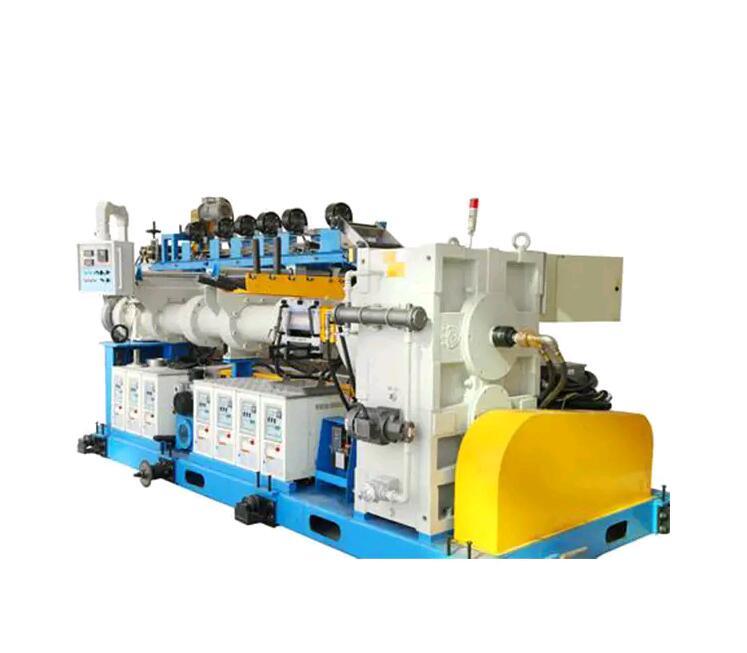From Simple Tools to Smart Systems: The Changing Face of Rubber Extrusion
Rubber extruder machines have come a long way since their early days in the manufacturing industry. Originally, these machines were simple tools designed to push raw rubber through a die to form continuous shapes. Over time, growing demands for consistency, efficiency, and precision led to significant improvements in both design and technology.
One of the most noticeable changes is the shift from manual operation to automation. Early extruders required constant supervision and adjustment, which made it difficult to maintain uniform product quality. Modern machines now feature computerized controls and automatic temperature regulation, ensuring stable performance and reducing the need for hands-on management.
Another major advancement is energy efficiency. Traditional extruders consumed large amounts of power and generated considerable waste heat. Today’s models incorporate improved screw designs, optimized barrel heating systems, and variable-speed drives, which not only save energy but also enhance material processing.
Precision has also greatly improved. Modern rubber extruder machines can handle a variety of rubber compounds with tighter tolerances, producing smoother, more consistent results. This is especially important for industries such as automotive, construction, and medical manufacturing, where accuracy directly affects performance and safety.
Finally, the integration of smart technology has transformed the way manufacturers monitor production. Many machines are now equipped with sensors and data-tracking systems that allow real-time adjustments and predictive maintenance. This helps minimize downtime and extend equipment lifespan.

https://www.zjbaina.com/product/rubber-extruders-series/150mm16d-20d-extrude-machine.html
Technical description
Extruder:
Screw: (customized outsourcing)
A. Material: 38CrMoALA;
B. The surface is nitrided;
C. Hardness ≥ HRC62
D. Nitrogen layer depth ≥0.55mm
E. Structure: Adopts German Telest structure, with good extrusion stability and large glue output.
a. It has a hollow structure over the entire length of the screw to facilitate temperature control.
b. The rotation direction of the thread of the rotary joint is opposite to that of the screw.
c. The screw head size is according to the enterprise standard.
d. Water pressure of 10 kg/cm2 inside the screw is tested for more than 1 hour to prevent leakage.
- Art
- Causes
- Crafts
- Dance
- Drinks
- Film
- Fitness
- Food
- Jogos
- Gardening
- Health
- Início
- Literature
- Music
- Networking
- Outro
- Party
- Religion
- Shopping
- Sports
- Theater
- Wellness
